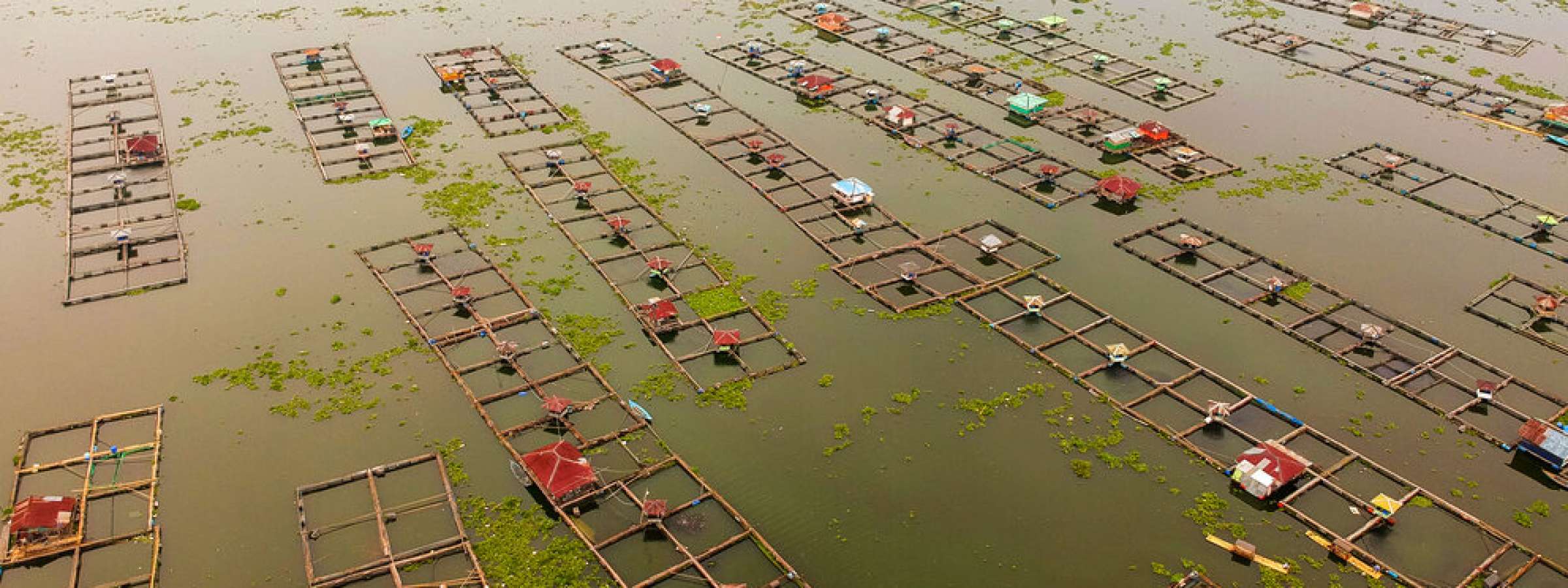Zero Climate Disasters
Climate hazards don’t have to become climate disasters
Disasters occur when hazards meet vulnerability. In the immediate future, we cannot reduce the occurence or even the intensity of climate-driven extreme weather events. But we can reduce our vulnerability and exposure to prevent the death and destruction climate hazards cause around the world, especially among the most at risk.

We don’t have to accept the death and destruction
An end to climate disasters? How is that possible?
#ZeroClimateDisasters is bold but we have the tools at our disposal. We can stop climate hazards turning into climate disasters by:
- helping the most at risk people adapt, mitigate and become more resilient
-
investing in Disaster Risk Reduction tools such as early warning systems, better infrastructure and social safety nets
-
providing access to affordable, inclusive insurance and finance
-
putting in place national and local disaster risk reduction strategies
-
learning from local communities who have managed extreme weather for millennia
Learn more about Disaster Risk Reduction (DRR) here

UNDRR’s #ZeroClimateDisasters campaign aims to:
- boost political leadership and commitment to adaptation and mitigation
- double down on vulnerability, poverty and inequality to achieve the UN SDGs
- scale up effective comprehensive risk management
- prioritise inclusive local action and community engagement
- ensure early warning and action for all by 2027
How can I get involved?
#ZeroClimateDisasters will only succeed with your help. Together, we can influence and encourage governments, political leaders and decision-makers to move the needle on disaster risk reduction and adaptation. We can shine a light on disaster risk solutions and the benefits of investing in resilience for the public good.
At COP28, under the Presidency of the United Arab Emirates, we are calling on parties to take a giant leap in climate ambition to match the crisis at hand. We must see greater commitments to reducing emissions to keep the 1.5 degree limit within reach. In the absence of such reductions, new climate and disaster risks will continue to be created, which threatens to overwhelm adaptation and response capacities. We need stronger progress too on delivering more funding for climate change adaptation. Countries must make good on the long-delayed promise of delivering $100 billion a year for developing countries. This includes dedicated funding for the Early Warnings for All initiative and the Santiago Network, in addition to expanding access to lending through the Bridgetown Initiative.
The MidTerm Review of the Sendai Framework for Disaster Risk Reduction is an opportunity to up ambition and accelerate the pace of resilience building on the ground. In May, global leaders are invited to the UN General Assembly to agree a political declaration setting out commitments for a future free from disasters. A future where we are equipped to withstand the risk we face.
That is how we reduce future death and destruction. That is why national and local governments must target #zeroclimatedisasters by 2030.
